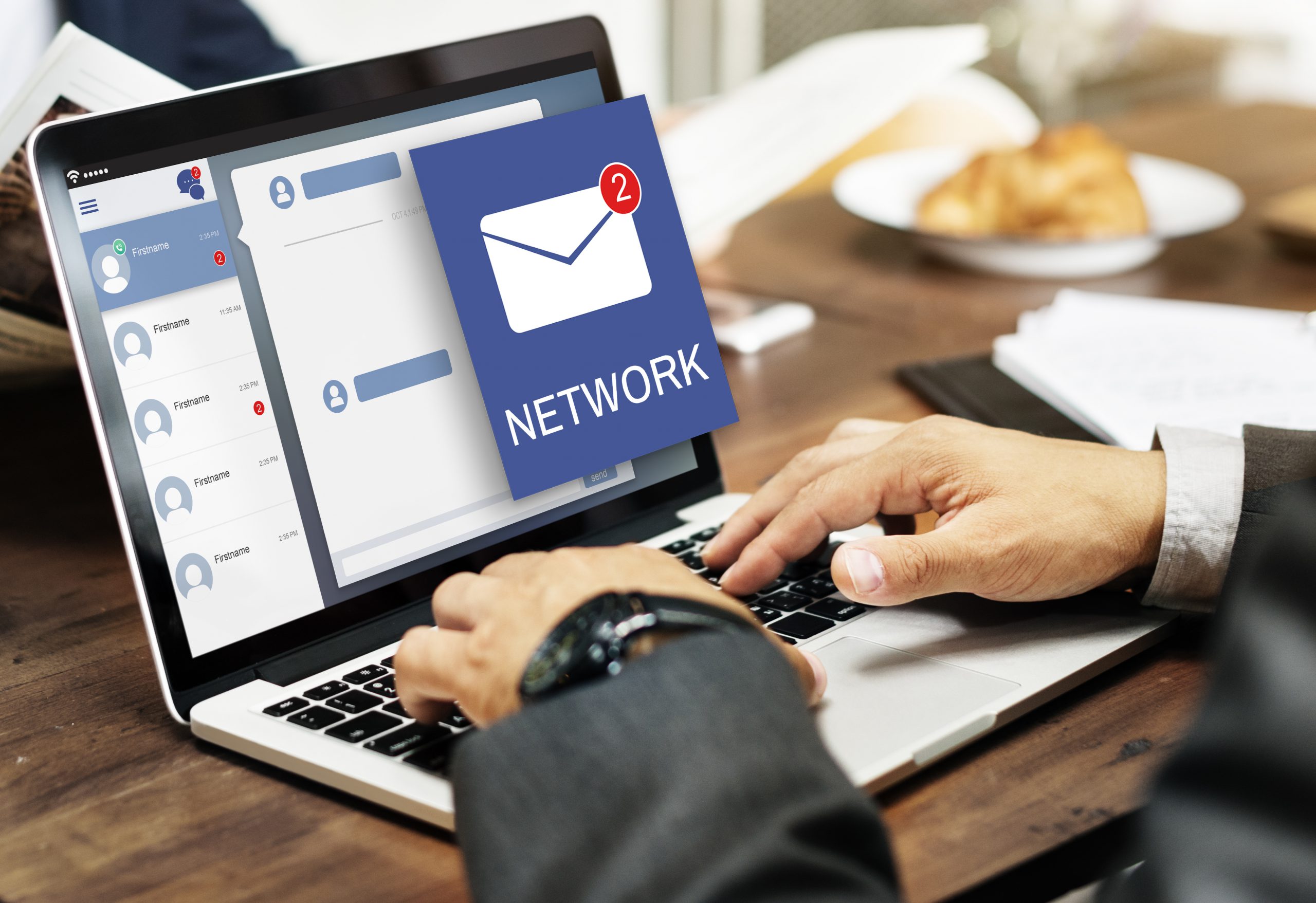The Coronavirus outbreak has forced nearly half of the world’s population to seek refuge within their homes. As a result, the way our lives functioned has changed drastically.
Probably for the first time in history, millions of corporate professionals all over the world are working from home right now.
Many have cited this event as the “biggest work-from-home experiment” of the corporate world.
However, this is not your regular lets-try-remote-work-for-a-change situation. Six months ago, nobody had anticipated this.
The organizations had big plans for 2020 and the management had its strategies in place to achieve them.
As Covid-19 spread like wildfire, the situation turned upside down.
The teams that preferred to work in unison are now facing the challenge of staying connected with slow internet networks and plenty of distractions.
We understand that as a manager in particular, you must be witnessing a unique situation where you now have to help your direct reports overcome the challenges of transitioning to remote setup, while also keeping your morale high.
In this article, we explore how to overcome the challenges posed by this invisible enemy and help your team in this difficult situation.
How is this remote work different from a usual remote work?

We are in the middle of a global health crisis. According to reports, almost a third of our world’s population is under complete lock down right now.
From personal dreams to business goals, everything seems to have come to a standstill.
Amidst all the chaos, it can be difficult for you and your team to put on a brave face and operate in a completely new setup.
And while transition to remote work may not be as difficult usually, here is why it is testing and challenging at the same time for you and your team, in the current situation.
Lack of preparedness
Year 2020 started on a completely different note and none of us knew working from home for an extended period would be a part of it. As a result, we are not well-equipped to tackle this challenge.
In a regular situation, people are better prepared for remote work and have a contingency plan in place.
In this situation, your direct reports are aghast and are probably depending on you for better guidance.
Stress and anxiety don’t seem to go away
When someone opts for remote work, they’re mostly aiming at a better work-life balance. In fact, reports suggest that their productivity increases due to this arrangement.
In this scenario, this collective decision has been taken to battle a deadly virus.
Nowadays, one worries more about the worsening situation and how it would affect them and their families, eventually leading to a drop in productivity levels.
No remote work plans and/or policy
At the beginning of the year, we all had a different vision with varied strategies – remote work was perhaps not a part of it.
Many organisations didn’t even have a remote work policy before the Coronavirus outbreak.
Technically, this has come as a shocker and has changed most of your strategies and plans for the time being, at least.
If it were a regular situation, you would have a better plan to include remote work for achieving your goals.
Uncertainty
As the number of cases go up with every passing hour, and a vaccine or a cure seems like a far-fetched dream, the current situation does not seem to be going away anytime soon.
This situation may go on for another two weeks or even extend up til next six months.
Businesses are uncertain about the future, resulting in no clear plan for the times to come.
There’s no denying the fact that you are in uncharted territory and you want to emerge victorious.
Your present reality demands that you make remote work as productive as possible for yourself and for your direct reports.
Of course, there will be challenges but you can face them. Here’s a list of probable challenges you must be dealing with right now.
Challenges in transitioning to remote work in times of global crisis

1 No time-bound Routine
Let’s imagine you have a direct report named Samantha, who is a coder and a mom of two adorable kids. Her mornings are chaotic, to say the least.
But as she commutes to her workplace, she unwinds herself from her parenting responsibilities and gets into ‘work-mode’
It is likely that there are many others like Samantha who have suddenly lost their ‘unwinding time’.
As a manager, it can be frustrating to understand that your direct report may not be as readily available as they were in the office.
You will find that some of them are logging in late and working till midnight as opposed to their normal routine.
2 Difficulty in collaborating
You were habitual of being around your team. You could walk up to them and explain a task.
When you interact face-to-face, there’s better coordination and less ambiguity.
At present, all of your direct reports are in different places (and in different environments).
Adding to it, all the means of communication are virtual.
You must have surely experienced delayed deliveries, miscommunication and overall, poor coordination and collaboration.
Build super-connected remote teams
Provide the tools (1:1s, OKRs, Check-ins, CoffeeConnect) your managers need to be in regular touch with their teams
Prevent Isolation & Reduce Burn-out
Send your remote teams for virtual coffee and help them know more about each other with Rapid-fire quiz and interesting ice-breakers.
Effective One on One Meetings
We built a software that automatically schedules, lets you set agenda, take notes, exchange feedback and track actions – all in one place.
3 Lack of Communication
Admit it, technology cannot beat the experience of discussing a topic face-to-face.
Especially now, when the internet is bracing high traffic and low connectivity, you are bound to miss interpersonal communication.
In the office, your message is accompanied by your tone and body language.
They are an essential part of effective communication and their constant lack may leave you feeling inadequate.
Furthermore, your inability to guide your direct reports real-time might even make you feel like you lack control and supervision.
4 Finding the right tech tools
When you work in an office, you only tend to use an IM tool and a task management system and the rest happens through real-time face-to-face conversation.
In the current situation, all of your communication and work delegation depend upon digital tools.
You might not have even heard about a lot of them but you’re supposed to use them now.
Learning and selecting the right tech tools is also an a
dditional responsibility for you.
PRO TIP: We have compiled a list of some basic remote work tools to help you through this situation. Do give them a try!
5 Difficulty in conducting meetings

We know that there’s a joke which says that most meetings can be an e-mail message.
But, now we know that meetings are not only necessary but are instrumental as well for setting agendas and kick-starting action plans.
However, work from home during Covid-19 has also rendered all the meetings to be virtual.
All your daily stand-ups, scrums and even one on one meetings start with “am I audible?” or “is my screen visible” now.
You might have even reduced the number of meetings due to these technical difficulties.
And, this is only leading to confusion at the end of the day.
6 Meeting goals under stress
These are stressful times. While you’re responsible for your direct reports’ performance, you are also expected to deliver organisational goals.
The stress of handling a team not habitual with remote work along with the gloom of the current global situation, is tremendous.
Needless to mention, you have your personal responsibilities as well.
Moreover, you’re accountable to the top leaders and have to stand by your direct reports.
All of these combined together can be daunting tasks.
7 Keeping the team engaged and motivated
The spirits are usually low these days and you must have noticed that all your calls with your direct reports begin with a discussion on the Coronavirus and its spread.
Coupled with the pressure of working from home, this situation can take a toll on the morale of your direct reports.
Your challenge is to keep them optimistic and help them deliver their best for the organization from wherever they are.
8 Isolation
Many people experimented with remote work but went back to the regular 9-to-5 life.
Do you wonder why? Because they missed the fun, the chit-chat and the camaraderie of an office.
Your direct reports will also admit that they miss the chatter and inside jokes with their team.
The ‘water-cooler’ talks and the coffee-breaks play an important role in team bonding.
Due to remote work, this part of the work has gone missing.
Build super-connected remote teams
Provide the tools (1:1s, OKRs, Check-ins, CoffeeConnect) your managers need to be in regular touch with their teams
Prevent Isolation & Reduce Burn-out
Send your remote teams for virtual coffee and help them know more about each other with Rapid-fire quiz and interesting ice-breakers.
Effective One on One Meetings
We built a software that automatically schedules, lets you set agenda, take notes, exchange feedback and track actions – all in one place.
9 No Particular space for remote work
When somebody expects to be working remotely, she ensures that she has the right technology and a work-space to carry out her professional duties.
Due to the novel Coronavirus, most of us had to make arrangements for remote work on short notice.
Some of your direct-reports might not be having the right internet connection or a perfect spot to work from.
All of these factors can reduce the productivity and morale of your team.
We know that these challenges are overwhelming, but the solution for these issues lies in patience, understanding and a few tricks.
It can be difficult to be productive while working remotely due to the Covid-19 outbreak, but a few simple ideas can help.
How to overcome remote work challenges during the Covid-19 outbreak

1 Follow a routine
Routine plays an important part in maintaining productivity and keeping one focused.
Even though you’re working from home now, following a routine will keep you energized and motivated.
Encourage your direct reports to do the same.
Tell them that the office hours remain the same and introduce interactive activities like saying ‘hello’ when they log-in.
A fun morning discussion in the group chat will keep everyone motivated to start working at the same time.
Similarly, having your lunch and taking breaks like a usual workday will create an office-like environment and keep the ball rolling.
2 Be patient and keep your cool
In your workplace, everyone is focused on their tasks and can deliver on the right time.
However, in remote work, things change as additional responsibilities and possible distractions come into play.
Remember , you and your team are dealing with anxiety and stress during this time.
So, it is only human to sometimes lag in their tasks. As a manager, you need to be empathetic and patient with your direct reports.
Also, be prepared for delays and try not to fret over them as long as they are efficient and as per your expectations.
3 Don’t miss your one on one meetings
One On One meetings drive organizational value and individual performances. And, they become even more important when we’re all working from home under these circumstances.
Your direct reports must be facing an emotional upheaval during this time.
They may also be finding it difficult to deliver the same results.
During your one-on-one meetings, you can discuss their problems, help them out on a personal level and give your honest feedback. Psychological benefits of one on one meetings are many.
Also, make sure that you ask them if they need technical help.
Some of them may not be having the right system, required software and network connectivity.
Let them know that you are available to provide them with any possible help to make this experience easy for them.
PRO TIP: Start your one-on-one meeting asking your direct reports about their and their families’ health. Ask them if they’re facing any other issue and be polite with your feedback. These are difficult times and we need to navigate them positively.
Build super-connected remote teams
Provide the tools (1:1s, OKRs, Check-ins, CoffeeConnect) your managers need to be in regular touch with their teams
Prevent Isolation & Reduce Burn-out
Send your remote teams for virtual coffee and help them know more about each other with Rapid-fire quiz and interesting ice-breakers.
Effective One on One Meetings
We built a software that automatically schedules, lets you set agenda, take notes, exchange feedback and track actions – all in one place.
Use a one on one meeting software for effective remote one on on
e meetings. You can refer to more than 500 one on one meeting questions for your next one on one meeting questions.
4 Concentrate on the result, not effort
Micromanaging is certainly not a sign of a great manager, but it can be easy to fall prey to it in the current situation when you and your team are forced to go remote.
Casually dropping in to say hi and discuss work is okay while you’re in office.
But, if you constantly ping your direct-report for status check, it can affect their morale adversely. You may come across as demanding and less trusting.
Thus, you need to keep a hold on your instincts and trust your team.
An initial explanation about the tasks and an affirmation of your faith in their abilities is enough to get the task done. Give your direct-reports a breathing space and help them deliver their best.
5 Communicate, but draw a line

During these tough times, it is only the communication that is keeping us together and motivated.
As a manager, you need to be available for your direct reports and give them an opportunity to share their thoughts with you.
It is a good practice to keep in touch with each of your direct reports and know what’s happening on their end. But, do not go overboard with it.
Sometimes, you may come across as too intrusive.
The key is to put yourself in their shoes and you will know when to draw the line.
PRO TIP : If you’re worried about tracking the tasks, you can use certain specific remote work tools like Trello to ensure that everyone knows what they should be doing. You will also get an overview of the productivity and pending assignments without having to ask your direct reports.
6 Periodic check-ins during the day
In a usual office setup, you meet your direct reports many times a day and get plenty of opportunities to discuss the progress of the tasks.
In this scenario, you will have to create these opportunities.
A scrum meeting at the beginning of the day, a casual ‘what’s up, team?’ after lunch and a general ‘how was the day’ before you log off can help get an update without being too direct.
When you keep conversing with your direct reports, they remain active and focused.
Otherwise, it is easy to lose sight of your everyday vision surrounded by family, household chores and a virus at your doorstep.
7 Don’t forget to have fun
Remember we discussed missing fun banter at the office? You can have it online too.
You can create separate channels on Slack like #random, or use tools like Tandem which give you the option of having regular water-cooler conversations.
The team can share non-work banter, share jokes or interactive stuff to lighten the mood. These virtual activities keep you and the team connected during these uncertain times.
Wrapping Up
Our generation is facing a global pandemic and we’re living history as we know it. Getting your direct reports to remain focused and transitioning them to a new style of working during this time is not easy.
Clear communication, setting the right expectations and recognizing the individual working style of every direct report are the pillars to make remote work successful during the Covid-19 crisis.
With the right mindset and optimistic approach, we shall overcome. Until then, stay home and stay safe.








